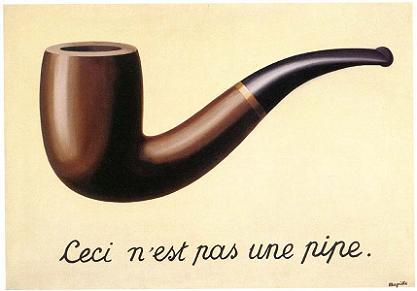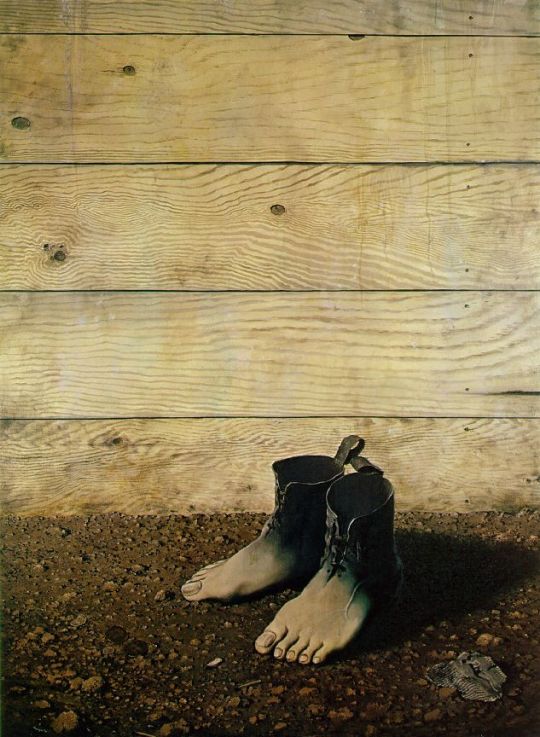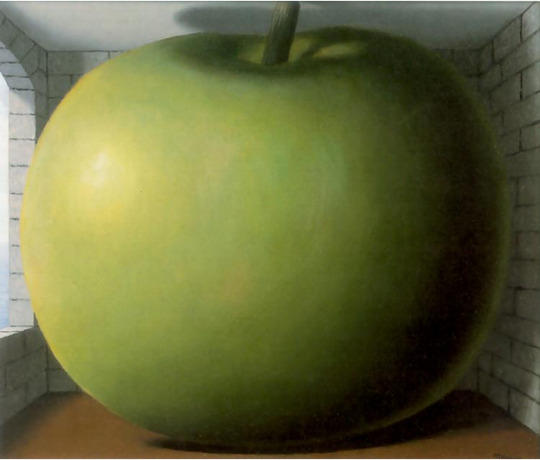https://www.tumblr.com/getting_to_know_tumblr/#blog_search


Rene Magritte
Rene Magritte was born to Léopold Magritte, a salesman, and Régina Bertinchamps on November 21st, 1898 in Lessines, Belgium. He grew up in a part of Belgium called the “Black Country,” which was grey and desolate. Many of his paintings reflect this. He fought in the First World War from December 1920 to September 1921, and after a short leave, his service finally ended on March 28th, 1922. Magritte worked designing wallpaper and ads for a bit, and decided to try his hand at art. His first show in 1927 was a failure, but Magritte moved to Paris and continued his work, eventually becoming a key piece of the surrealist movement. Magritte was well known for his unique take on everyday things and simple yet thought-provoking images. He died in Brussels, Belgium, on August 15, 1967.
This is yet another of my oil on canvas paintings, The Red Model, painted in 1935. This is the first of many later paintings of shoes turing into feet, and one of my personal favorites. It demonstrates how easily a viewer can confuse images of this sort, and this painting was the beginning of that idea in my later works. This also gets the viewer to look closer and understand the irony of what the image portrays, and this concept is essentially why I got into surrealism in the first place.

This painting is called The Treachery of Images. The French inscription translates to “This is not a pipe.” It was painted in 1948, and is an oil on canvas painting. The viewer, when looking at this work, should question their reality. After all, this is not a pipe: it is an image of a pipe. When people ask me if this is a painting of a pipe, I often suggest that they try to stuff it with tobacco and find out for themselves. I used a similar surrealist technique in a different painting of an apple, with the line below it saying “this is not an apple.”

This is another of my oil on canvas works, Son of Man. Most people like this painting because of its mystery, but a little known fact is that this is actually a surrealist portrait of myself. Unfortunately, the painting is now privately owned, but this just adds to its mysterious nature. Another rendition was done later by Norman Rockwell, an American artist, in which he made the apple red.
This is another of my works, Golconda, painted in 1953. The name refers to a city in India, and was suggested to me by a dear friend who helped me name many of my other works. The neighborhood is similar to my own in Brussels. The men are not falling, as many people think, but floating. If I had wanted to depict them as falling, I would have added some clear sign of motion. Many assume that the men are business men, but I feel as though they are overanalyzing my simple picture. There are many interpretations of what this painting means, but none of them are correct. They are just floating men.
This is a photo of my painting, The Lost Jockey. I painted it in 1926, and it was the first surreal painting that I did. This painting was the gateway for my involvement in the surrealist movement, and was followed by hundreds of other surrealist paintings. There have been many other renditions since, including ones where the trees are chess pieces and the horse is running across a stage. However, this original reflects the greyness of my homeland more than later renditions.
This is my painting, titled The Listening Room. It is an oil on canvas painting, like most of my other works, and was painted in 1958. I used only minimal shading on this piece, which adds to the slight flatness of the apple, making it appear unreal. This flatness contrasts with the depth of the room, but again there is only minimal shading.






.jpg?mode=max?w=780)
No comments:
Post a Comment